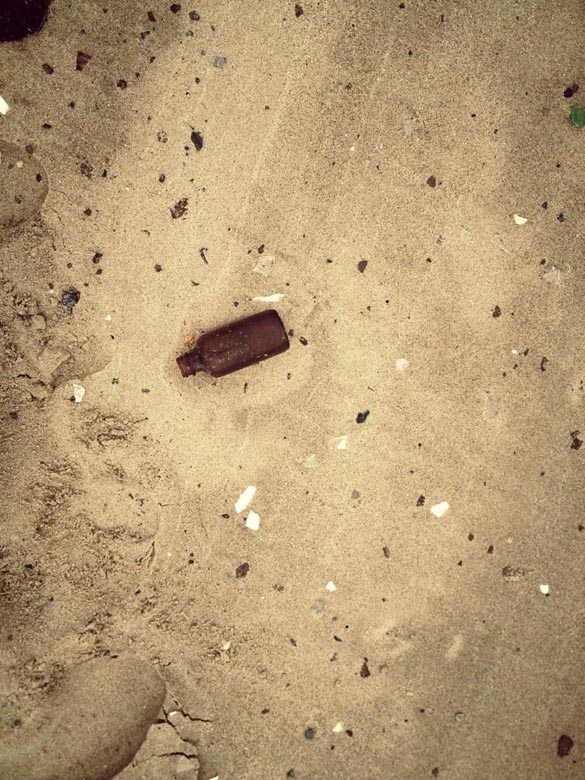Photos: After $15 Million Restoration, Marine Park’s White Island Isn’t Just For The Birds

by Diana Bruk
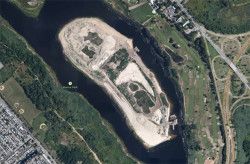
A group of New Yorkers hailing from all five boroughs gathered early Saturday morning at the Marine Park salt marsh for a rare canoeing adventure to White Island. The three-hour, complimentary guided tour was the second and last trip of the season, and the island (which is wrapping up construction), is only accessible by water and currently closed to those unaccompanied by an Urban Park Ranger.
Our visit was one of the first opportunities to see the island in the final phases of a $15 million restoration that began in 2011. After years of erosion and naturally shifting wetland topography, White Island – also known as Mau Mau Island – was re-shored, cleaned up, purged of invasive phragmites, and replanted with native grasses to serve as a habitat for migratory birds.

Parks Department’s Marine Park events are a pretty sweet deal given that going to the area really feels like getting out of the city for a few days, with just the swipe of a Metrocard and a short ride on the B3 bus to Burnett Street and Avenue U standing between you and the wild, untamed outdoors. Once you walk down the trail, you could just as easily be in the wetlands of Florida, only without the alligators, or the marshes of Maine, only without the bland people.
There’s nothing around you but groves of tall grass, lanky birds flapping their wings as they skim a line over the water, sandy shores dotted with fiddler crab holes, the pale blue silhouette of One World Trade Center in the distance, and the occasional roar of a plane lifting from JFK a few miles away. All in all, it makes for a peaceful, desolate and romantic location, particularly for nature-lovers and bird-watchers of all ages.
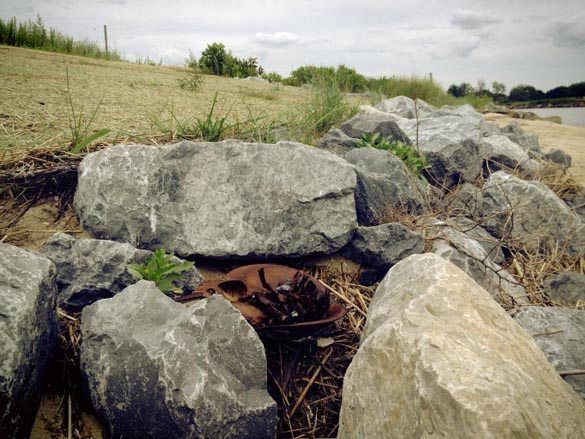
The park’s revival is a fairly dramatic transformation given its murky history. Back in the 1800s, Marine Park was home to a grist mill, which burned down in the 1930s, and until the 1970s it was pretty much your average all-inclusive waste disposal, stewing for decades in all sorts of unimaginable human filth. The wetland wonderland that it is today is thanks in part to years of advocacy and rehabilitation, and, most recently, a $15 million restoration project. Work is continuing every day, the hope being to eventually transform White Island into a full-scale bird sanctuary.
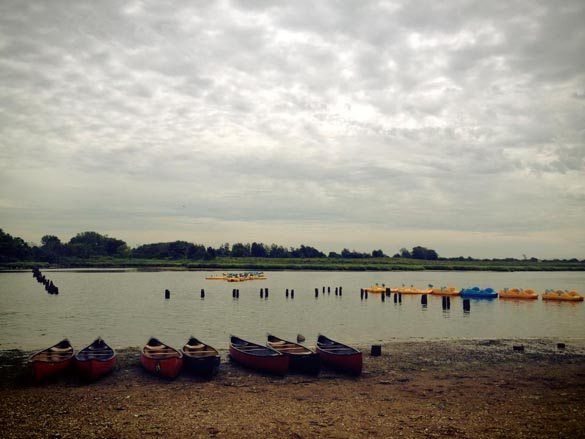
With the waste largely gone and nature reclaiming it, one of the largest threats to White Island and the surrounding marsh islands is the law-flouting recreational water enthusiast; jetskis, yachts, water-skiing, swimming, and other water sports are expressly forbidden in the park, although the Park Rangers have struggled to enforce the ban.
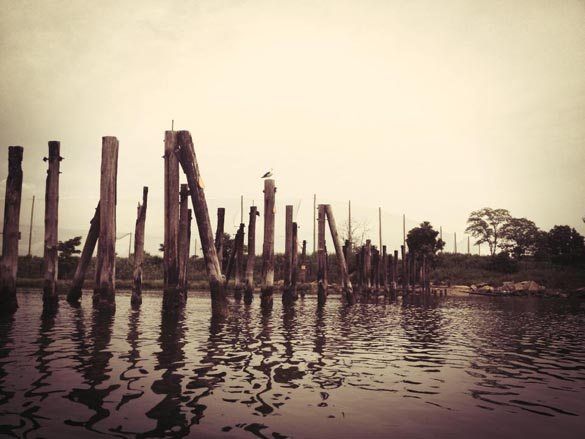
Support for similar wetland restoration projects across Jamaica Bay is much stronger after Superstorm Sandy. Although homes sit spitting distance from the water in Marine Park, the marshes and wetlands buffered the coastline, and the area received minimal damage compared to other coastal communities.
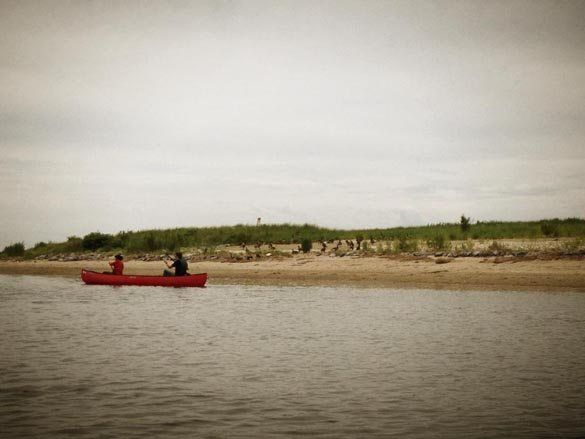
The park has its charm at any time of day, but the most scenic opportunity for a visit may be once or twice a month during the new or full moon, when the wetlands flood, and one can truly appreciate the moonlit union of land, salt, and sea.
Don’t worry about having missed this White Island visit; there’s a wealth of other free events going on at the park, which you can find out about on their website. Some of the highlights include family camping trips, fishing expeditions, kayaking, canoeing, and historic meteor shower watching. And, in case we haven’t emphasized this enough, it’s all free.
